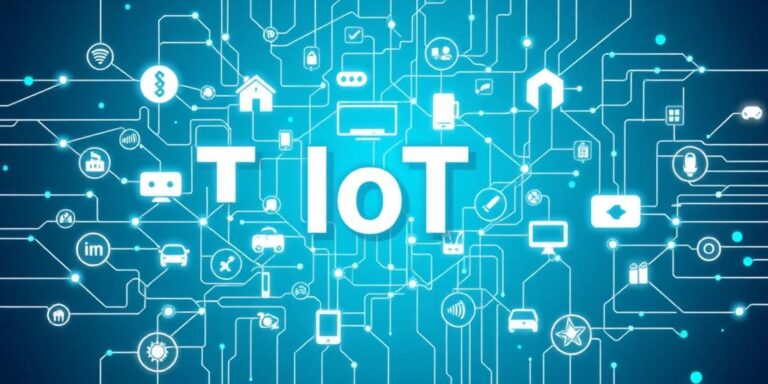Subscription Models for Consumer IoT Devices and Services (2025 Trend)
The Internet of Things (IoT) is rapidly evolving, permeating various aspects of our daily lives, from smart homes to wearable health devices. As we move towards 2025, a notable trend is the increasing adoption of subscription models for consumer IoT devices and services. This article delves into why this shift is occurring, the benefits and challenges it presents, and what consumers can expect.
Why Subscription Models?
- Continuous Revenue Streams: For manufacturers and service providers, subscription models ensure a steady, predictable income stream compared to one-time purchases. This allows for better financial forecasting and investment in ongoing development and support.
- Enhanced Service Delivery: Subscriptions often include bundled services such as software updates, customer support, cloud storage, and data analytics. This holistic approach enhances the user experience and provides added value beyond the initial hardware.
- Affordability: Subscriptions can lower the upfront cost of IoT devices, making them more accessible to a broader consumer base. Instead of a significant initial investment, users pay a recurring fee, which can be more budget-friendly.
- Scalability and Flexibility: Subscription models offer scalability, allowing consumers to upgrade their services or devices as needed. This flexibility ensures that users have access to the latest features and technologies without having to repurchase entire systems.
Benefits of Subscription Models
- Regular Updates and Maintenance: IoT devices require continuous software updates to ensure security and functionality. Subscription models typically include these updates, keeping devices secure and optimized.
- Access to Premium Features: Many IoT services offer premium features, such as advanced analytics, enhanced security, and personalized support, exclusively to subscribers.
- Cost-Effectiveness: While the long-term cost of a subscription may exceed the initial purchase price, the bundled services and continuous updates often provide better value.
- Flexibility: Consumers can often choose from different subscription tiers, allowing them to select the features and services that best meet their needs and budget.
Challenges and Considerations
- Subscription Fatigue: Consumers may experience “subscription fatigue” if they are already managing numerous subscriptions. IoT providers need to clearly communicate the value proposition to justify the recurring cost.
- Data Privacy and Security: IoT devices collect vast amounts of personal data. Subscription models must ensure robust data protection measures to maintain consumer trust.
- Long-Term Costs: Over time, the cumulative cost of a subscription can exceed the price of owning the device outright. Consumers should carefully evaluate the long-term financial implications.
- Dependence on Service Providers: Subscribers are reliant on the service provider for continued functionality. If the provider ceases operations or changes its terms, users may lose access to essential features.
Examples of Subscription-Based IoT Devices and Services
- Smart Home Security Systems: Companies like Ring and Nest offer subscription plans for video storage, professional monitoring, and enhanced security features.
- Connected Fitness Devices: Peloton and Fitbit provide subscription services that include access to live and on-demand workout classes, personalized training plans, and detailed performance analytics.
- Smart Appliances: Some manufacturers offer subscription plans for appliances like refrigerators and washing machines, providing predictive maintenance, usage analytics, and automatic supply replenishment.
- Wearable Health Devices: Companies offer subscription services for continuous health monitoring, data analysis, and personalized recommendations.
The Future of IoT Subscriptions
As we approach 2025, subscription models will become increasingly prevalent in the consumer IoT landscape. To succeed, providers must focus on delivering exceptional value, ensuring data privacy and security, and offering flexible, transparent pricing plans. Consumers, in turn, should carefully evaluate the benefits and costs of these subscriptions to make informed decisions. By understanding these trends, both providers and consumers can navigate the evolving world of IoT subscriptions effectively.




